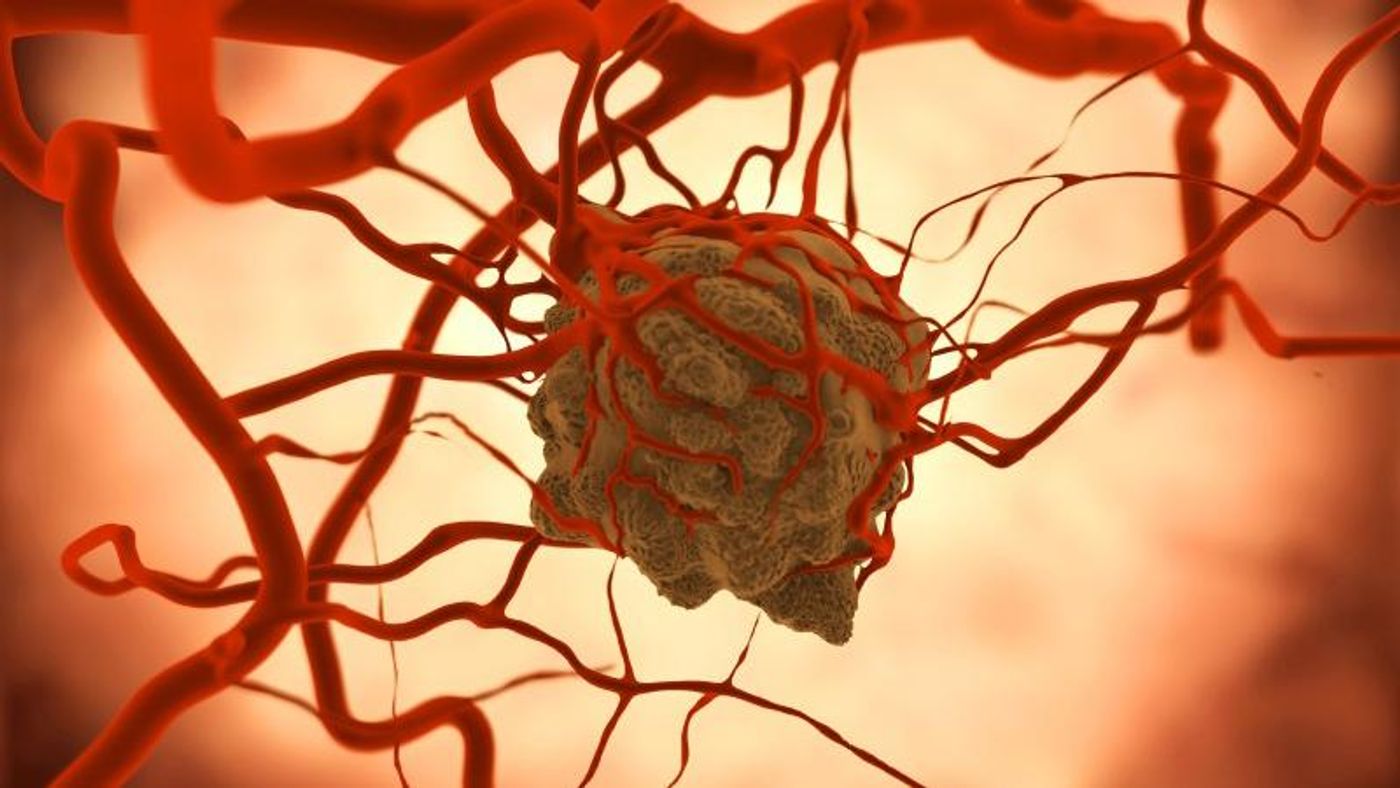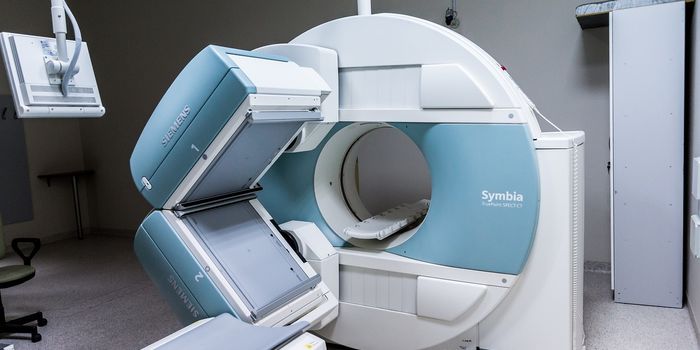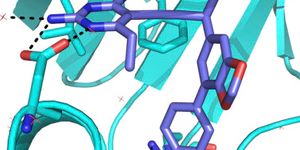In a small fraction of cancer cases, doctors can’t trace the origin of the metastatic cancer because, mysteriously, there’s no original tumor to be found. How can cancer spread before it is even formed? Fortunately, scientists are beginning to unveil the mechanism behind this invisible cancer spread.
By studying both animal models and human samples of breast cancers, researchers from Mount Sinai found that early cancer can spread silently even when a tumor’s not yet present. The mechanism behind this subversive attack comes from the simultaneous activation of an oncogene (HER2) and the deactivation of a tumor suppressor gene (p38), they report.
"This research provides insight into the mechanisms of early cancer spread and may shed light into unexplained phenomena -- among them, why as many as 5 percent of cancer patients worldwide have cancer metastases but no original tumor, and most importantly, why it is so difficult to treat cancer that has spread," said Julio A. Aguirre-Ghiso, the study’s senior author.
In 2 to 3 percent of women diagnosed with ductal carcinoma in situ (DCIS), a primary tumor is never found. But yet, these women succumb to cancer metastasis. This suggests that some early cancerous lesions are enough to disseminate the spread of cancer cells to other parts of the body.
The team found that activation of HER2 and deactivation of p38 creates an opportunity for cells to mobilize and spread through the mammary network. Two signaling pathways implicated are the epithelial to mesenchymal transition signaling pathway and the progesterone receptor signaling pathway.
"Biologically, this new model of early metastasis challenges everything we thought we knew about how cancer spreads and forms metastasis. It feels like we are going to have to adjust our ideas about the subject of metastasis," said Aguirre-Ghiso. "Our hope is that these findings will reshape the way we think about how metastasis should be treated."
"We were able to use organoids in three-dimensional cultures, and high resolution imaging directly in the live animal models to actually see these cells enter the bloodstream from the mammary tree and travel to the lung, the bone marrow, and other places," he says. "We hadn't thought about oncogenes and tumor suppressors in this way before. This is a new function for these pathways."
Beyond breast cancer, the study has implications for other cancer types too. In particular, pancreatic cancer and melanoma, two of the deadliest cancer types, may also have the same mechanism of silent metastasis. "While our findings add a whole new level of complexity to the understanding of cancer, they also add energy to our efforts to finally solve the big issue in cancer -- stop the metastasis that kills patients," said Aguirre-Ghiso.
Additional sources: Mount Sinai Health System









